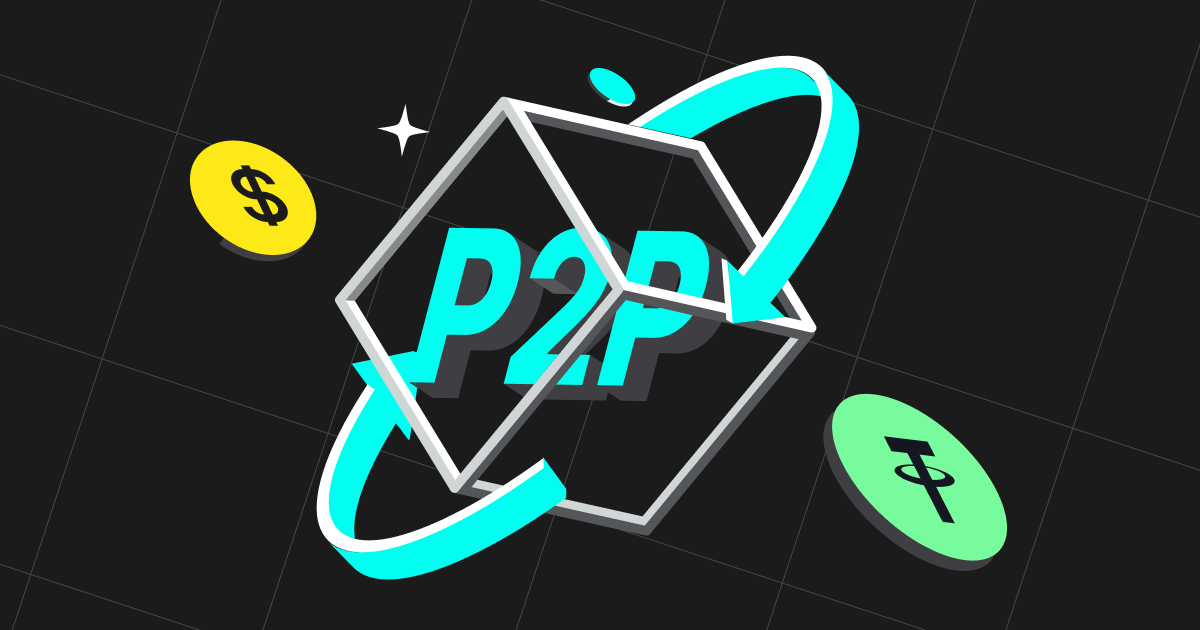Introduction
P2P crypto trading is when you buy and sell digital coins directly with other people, without middlemen. It’s cool because you get to set the price, choose who you trade with, and decide when to make deals. These platforms let you find killer deals and use them to your advantage. But, just like any trading, there are risks involved. Here’s what you need to know to avoid getting burned.
How Safe Is P2P Trading?
Overall, the safety of P2P trading depends on the platform you’re using. Older platforms might be sketchier, while newer ones often have up-to-date security measures. Most platforms already use escrow services and regularly update their security, but you can’t eliminate risks entirely.
Common Types of P2P Scams
- Fake Payment Proof
Scammers might fake payment receipts or texts to make it look like the money has been sent. They can even send fake transfer notifications.
How to Stay Safe: Check that the money has actually landed in your wallet or bank account before you confirm the deal.
- Chargeback Fraud
A scammer can dispute the payment with their bank and get their money back after you’ve already sent the crypto. Sometimes, they use third-party accounts to make chargebacks easier.
How to Stay Safe: Don’t accept payments from unknown accounts. If it happens, return the funds to the sender.
- False Transfer Claims
Scammers might contact their bank, claiming a mistake in the transaction and asking for a reversal. They might even try to scare you, saying the sale is illegal.
How to Stay Safe: Don’t fall for threats. Keep all evidence and communication.
- Middleman Attack
Scammers might insert themselves into your conversation with another user to steal your assets or personal info. This could be a romance scam, investment fraud, or fake goods scam.
How to Stay Safe: Only communicate through the official platform and ignore suspicious requests.
- Triangle Scam
In this scheme, two scammers create two orders for the same amount, mislead the seller, and make them send more crypto than they paid for.
How to Stay Safe: Double-check your wallet and bank to confirm you received the full amounts for transactions.
- Phishing
Scammers might create fake profiles to trick you into giving away your assets or personal info. They can pretend to be support staff or other official figures.
How to Stay Safe: Don’t click on suspicious links and only seek help from official support channels.
How to Assess Risks
Before Trading:
- Check User Profiles: Look at the number of deals and reviews. More completed trades and positive feedback usually mean the user is trustworthy.
- Review Listings: Make sure the offer matches what you’re looking for and compare prices with the market rate.
During Trading:
- Stay Alert: If a buyer asks you to send the crypto before receiving payment or wants to chat outside the platform, it’s a red flag.
- Be Cautious: If a seller asks for extra fees or to cancel the order after payment, watch out.
After Trading:
- Verify Payments: If you haven’t received payment for the crypto you sent or your bank account is frozen, it’s a warning sign.
- File a Dispute: If something goes wrong, contact support and provide all evidence.
General Safety Tips
- Use Trusted Platforms: Look for reviews and choose ones with solid security features.
- Use Escrow Services: They protect both parties and ensure a safe exchange.
- Verify Transactions: Use tools to check for fakes and keep screenshots and evidence.
- Block Suspicious Users: Don’t hesitate to block people who seem shady.
- Hide Listings: If you have reliable trading partners, make your listings visible only to them.
Conclusion
P2P trading in crypto can be profitable, but it requires caution. Follow these tips to minimize risks and trade safely. Remember, being careful and verifying everything is your best bet in this game.


